Course: Behaviour science in the age of technology
Teacher: Dario Krpan
Year 2024
.
Key slides
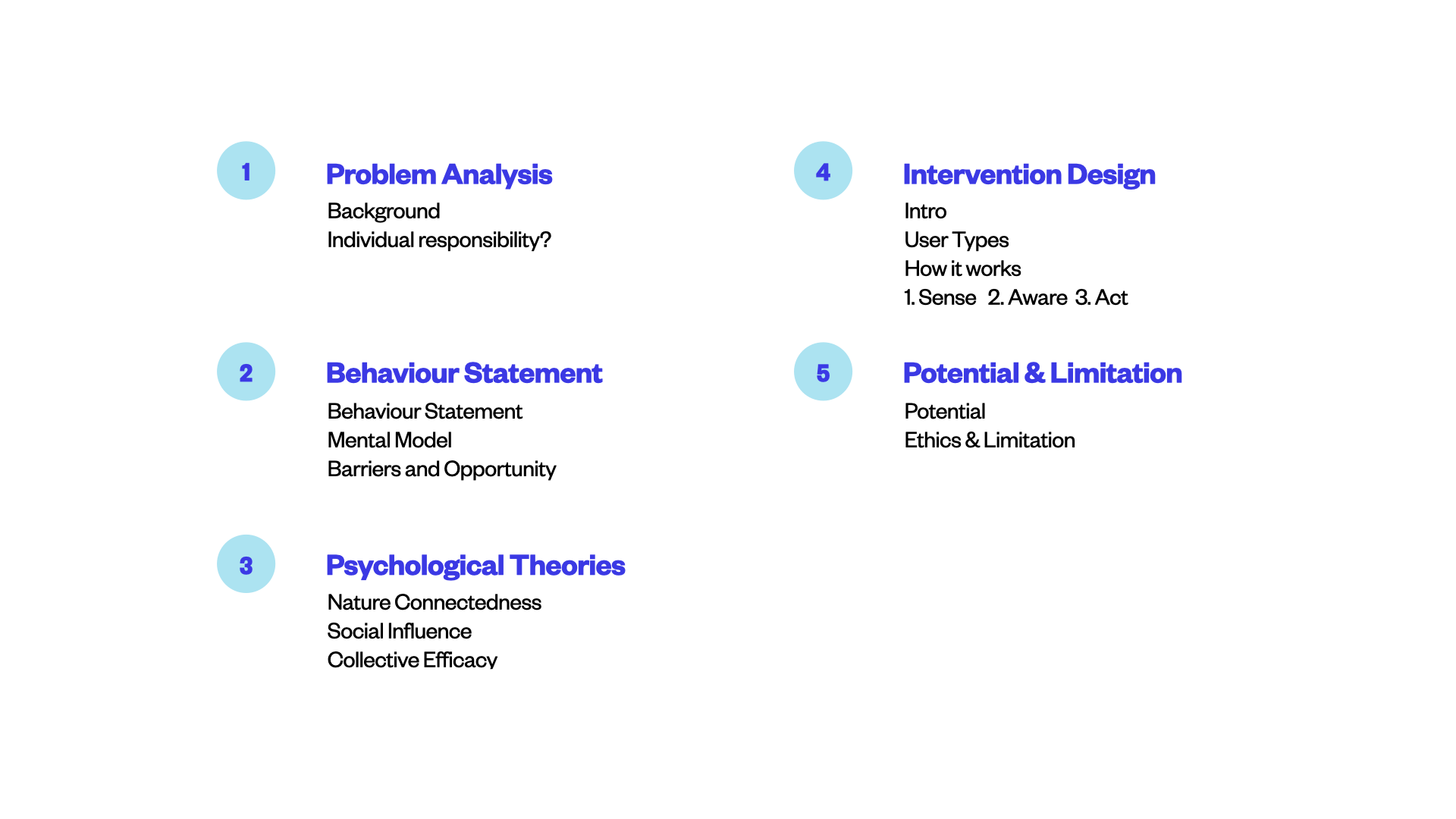
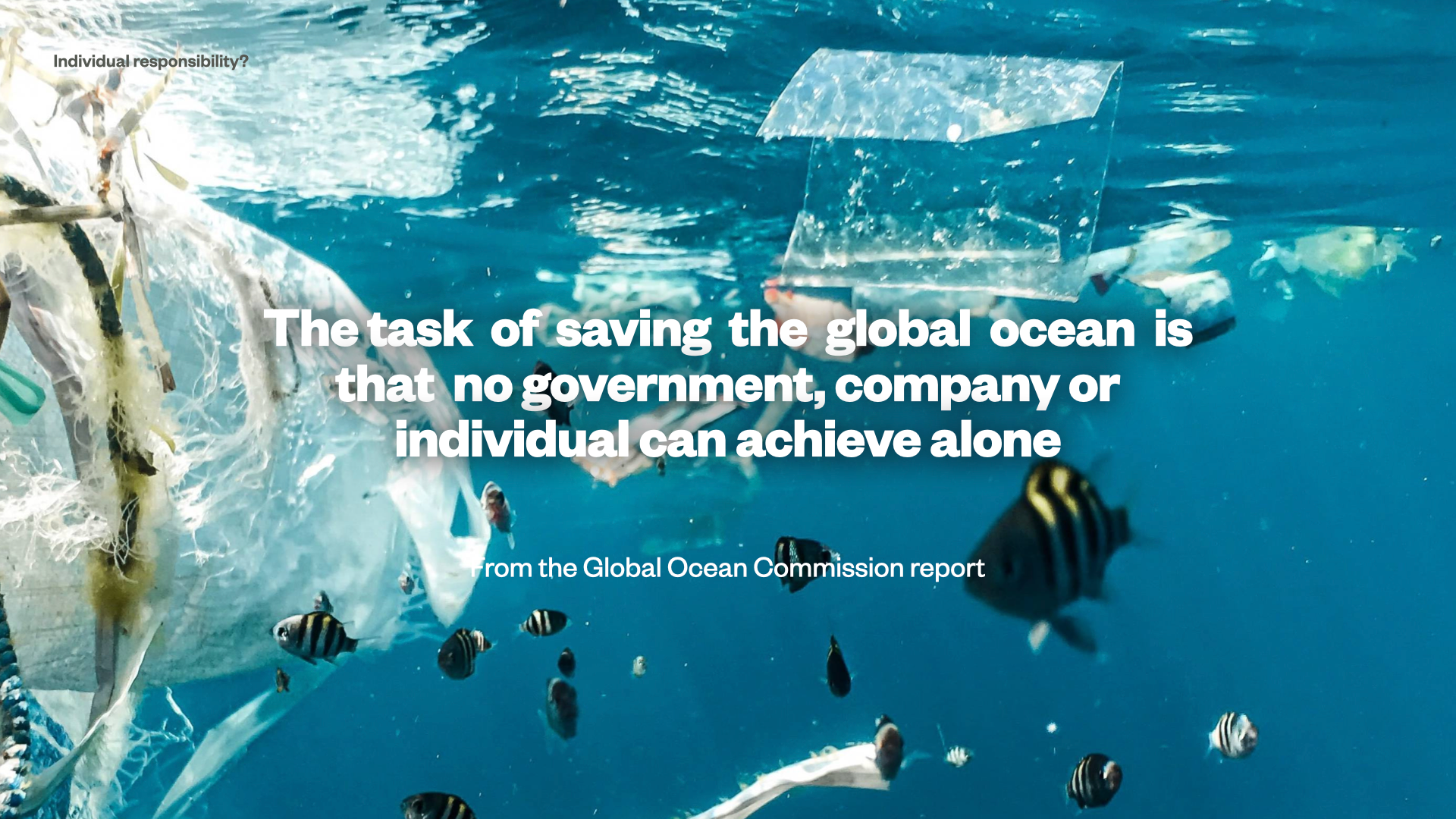

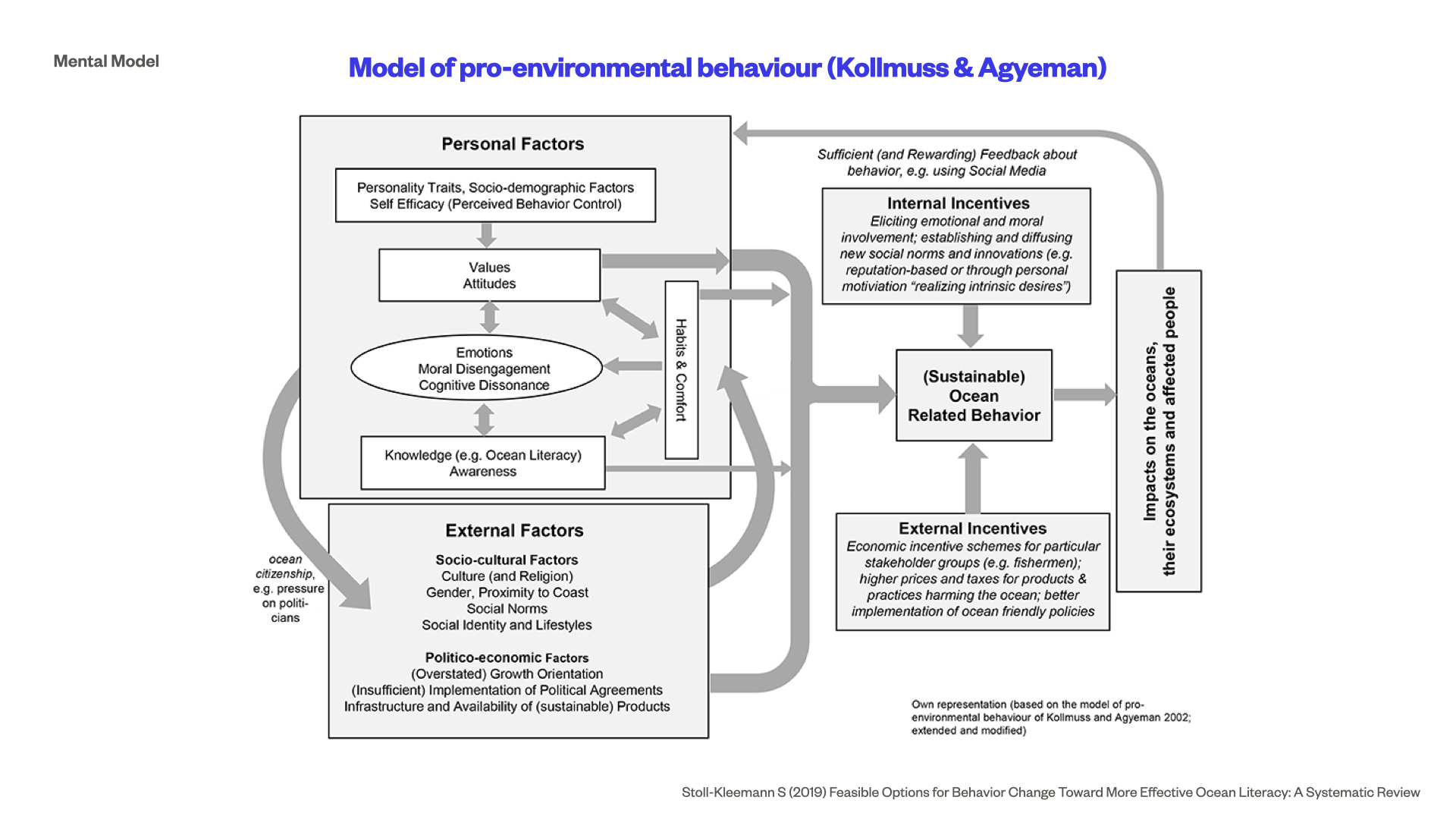
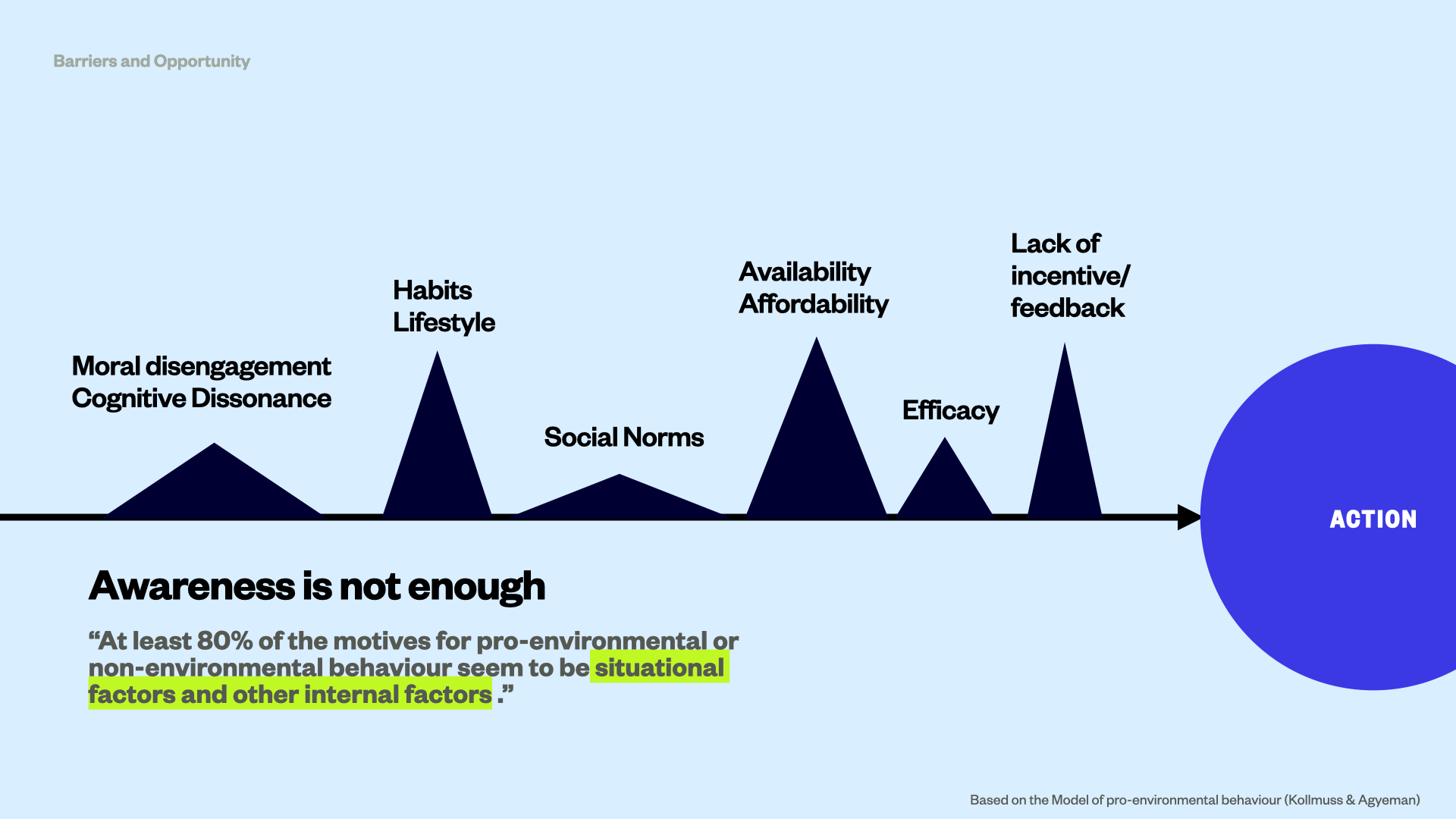
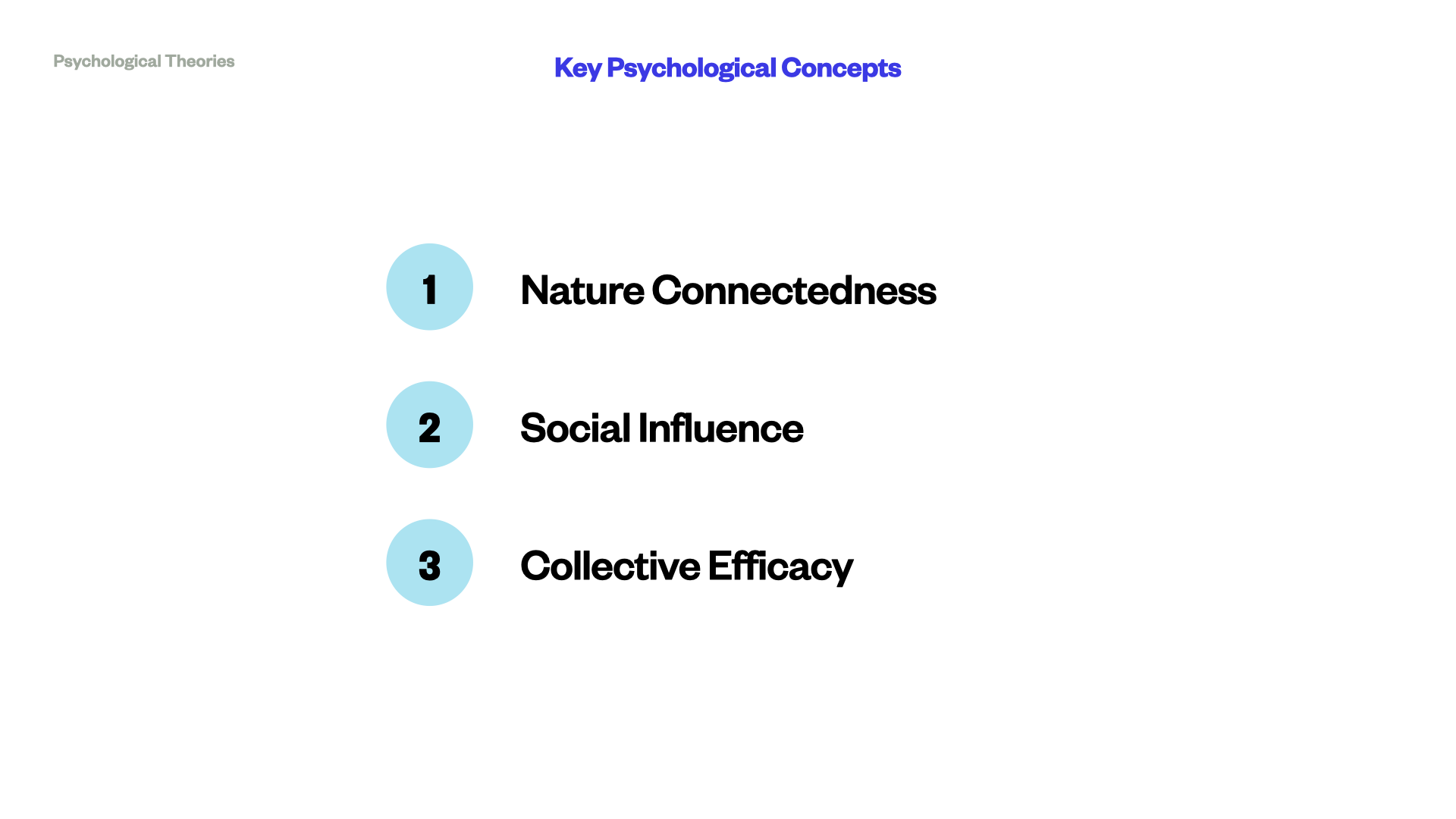
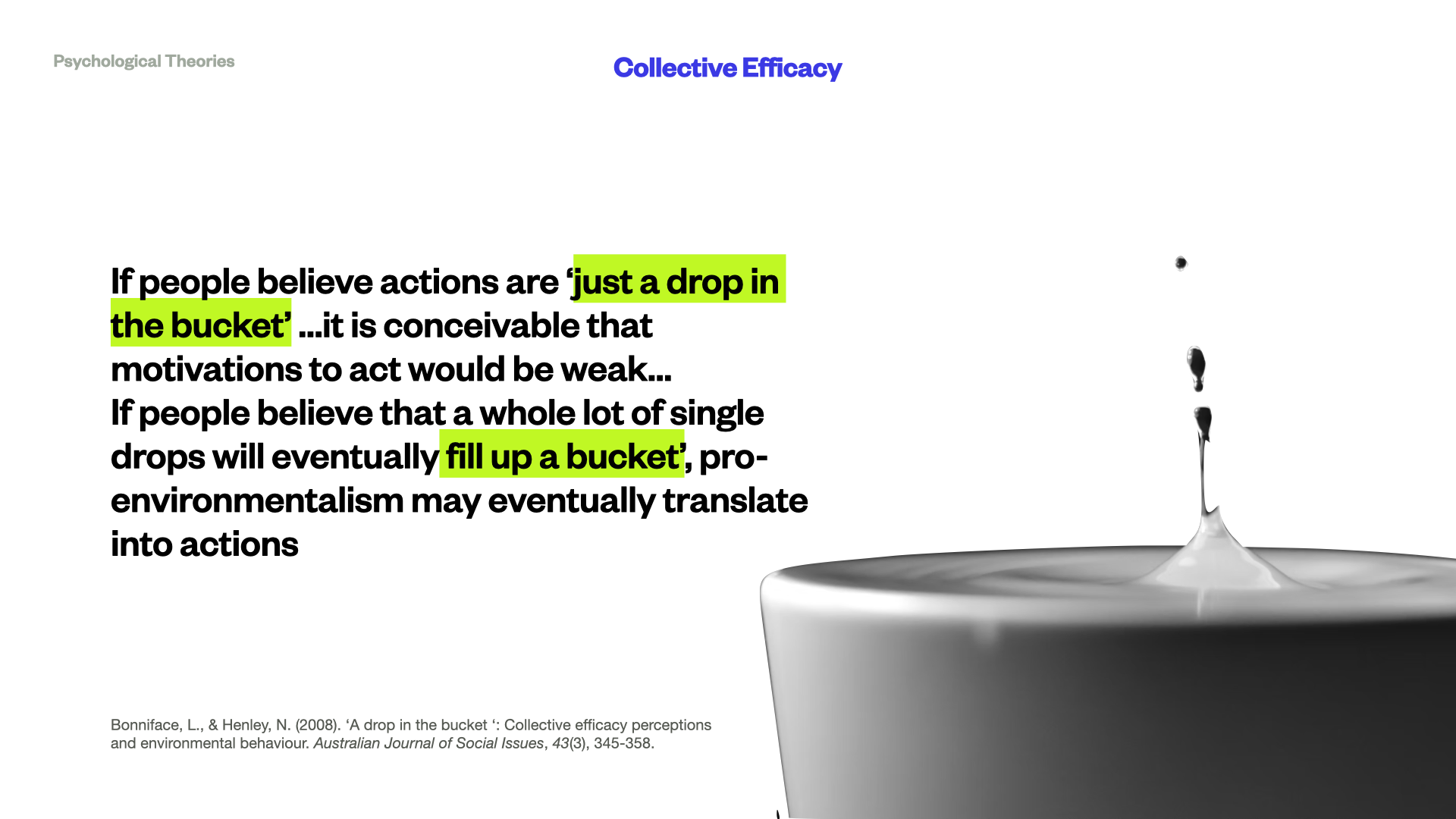
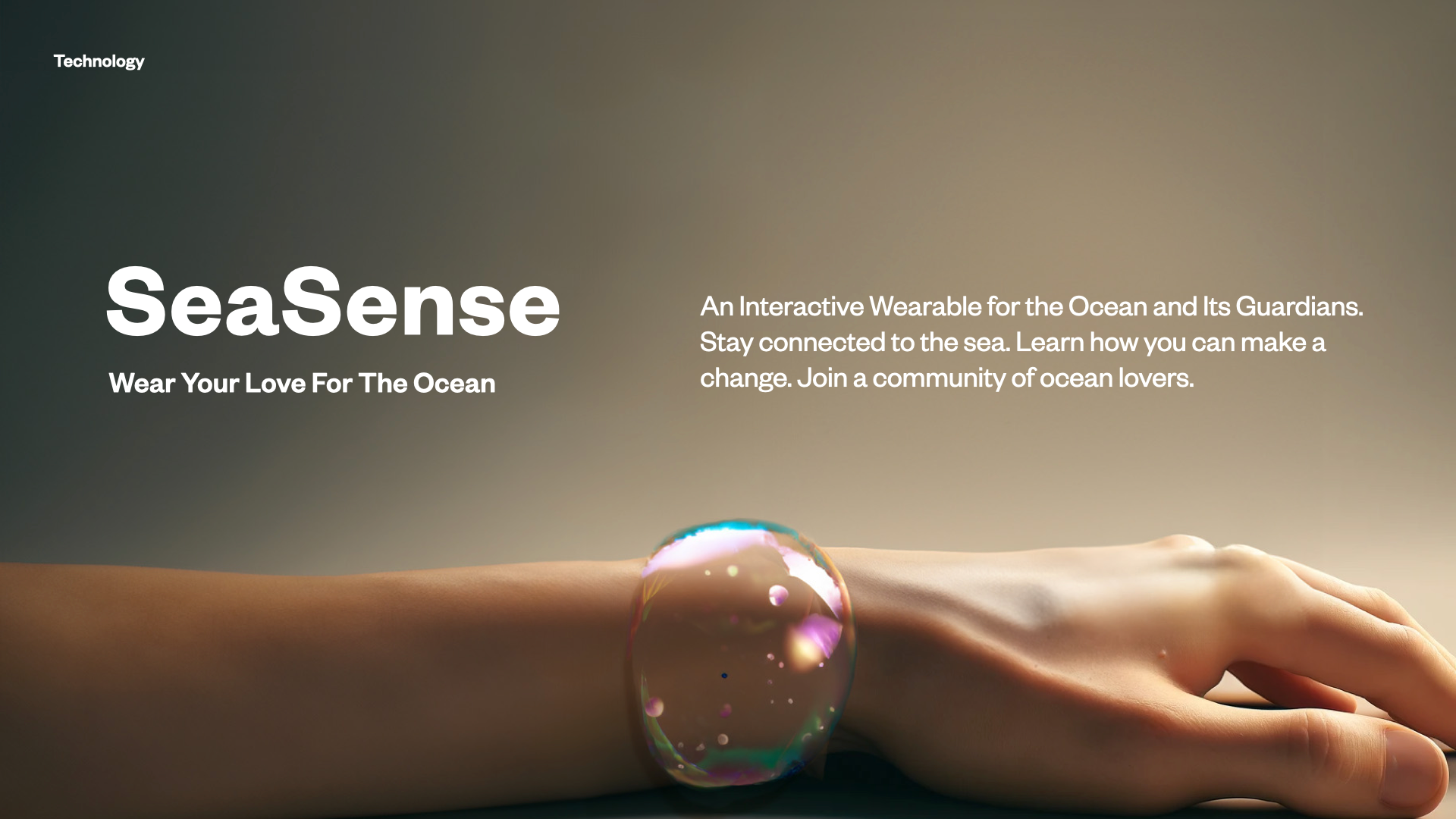
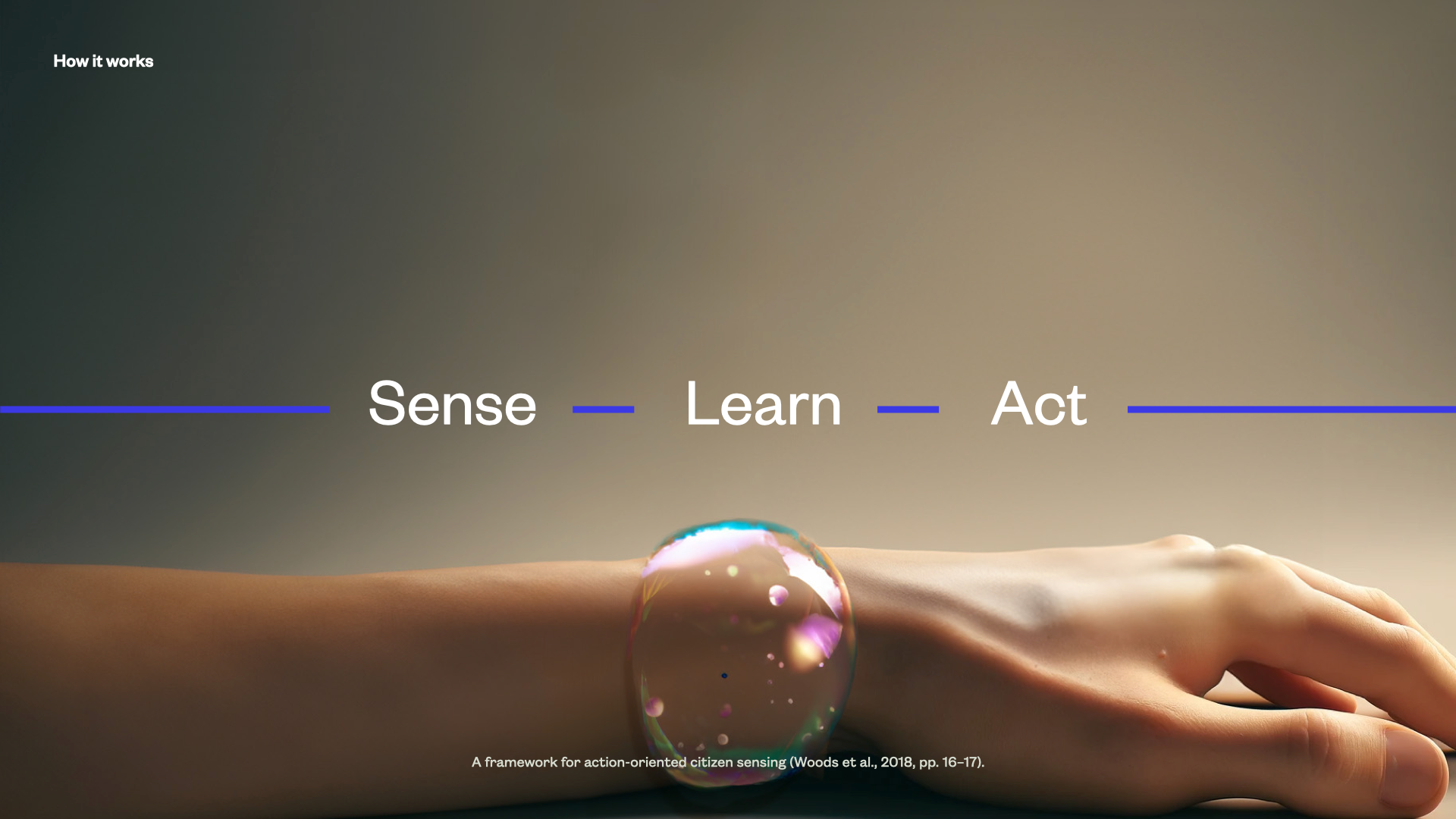
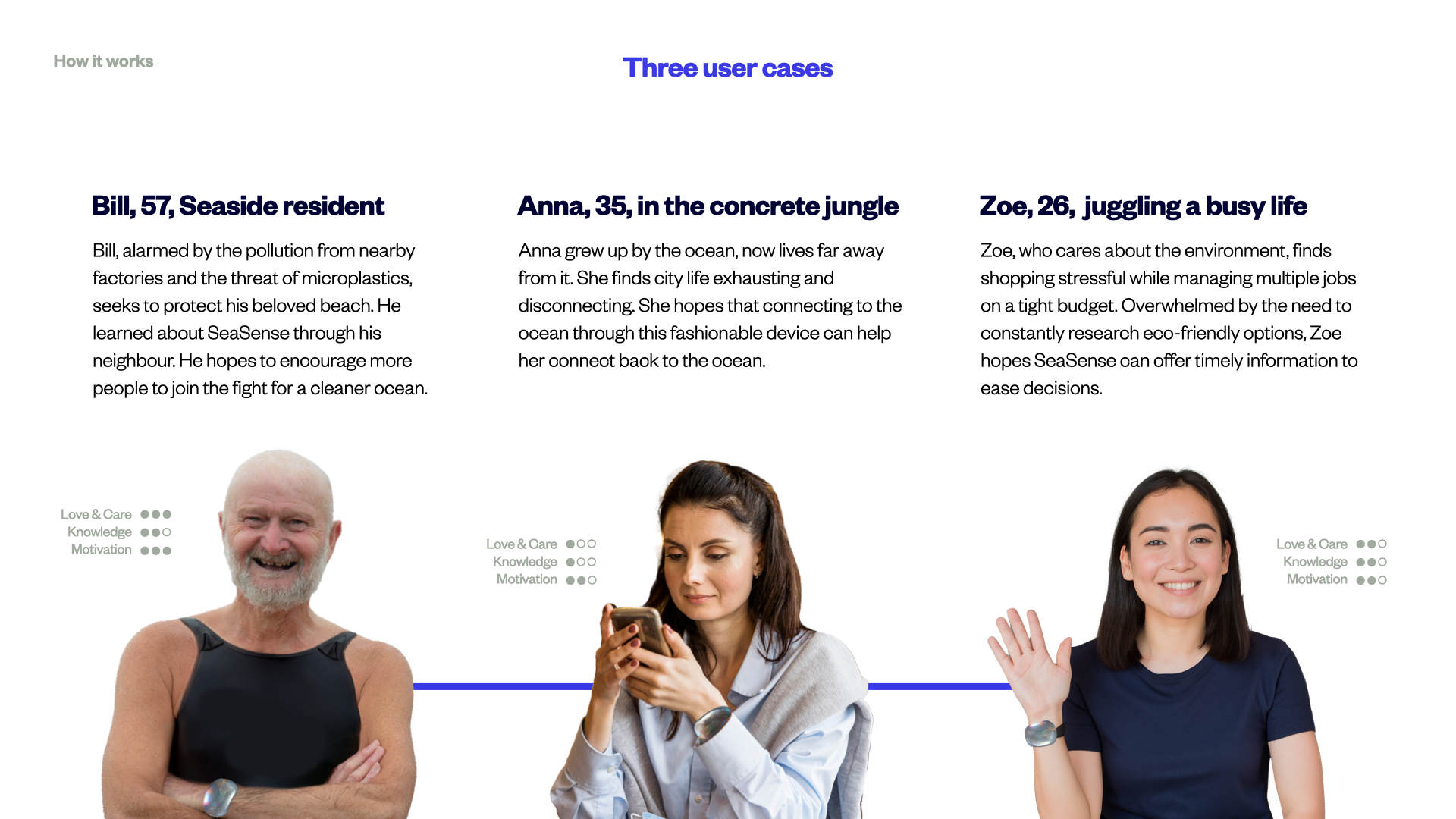
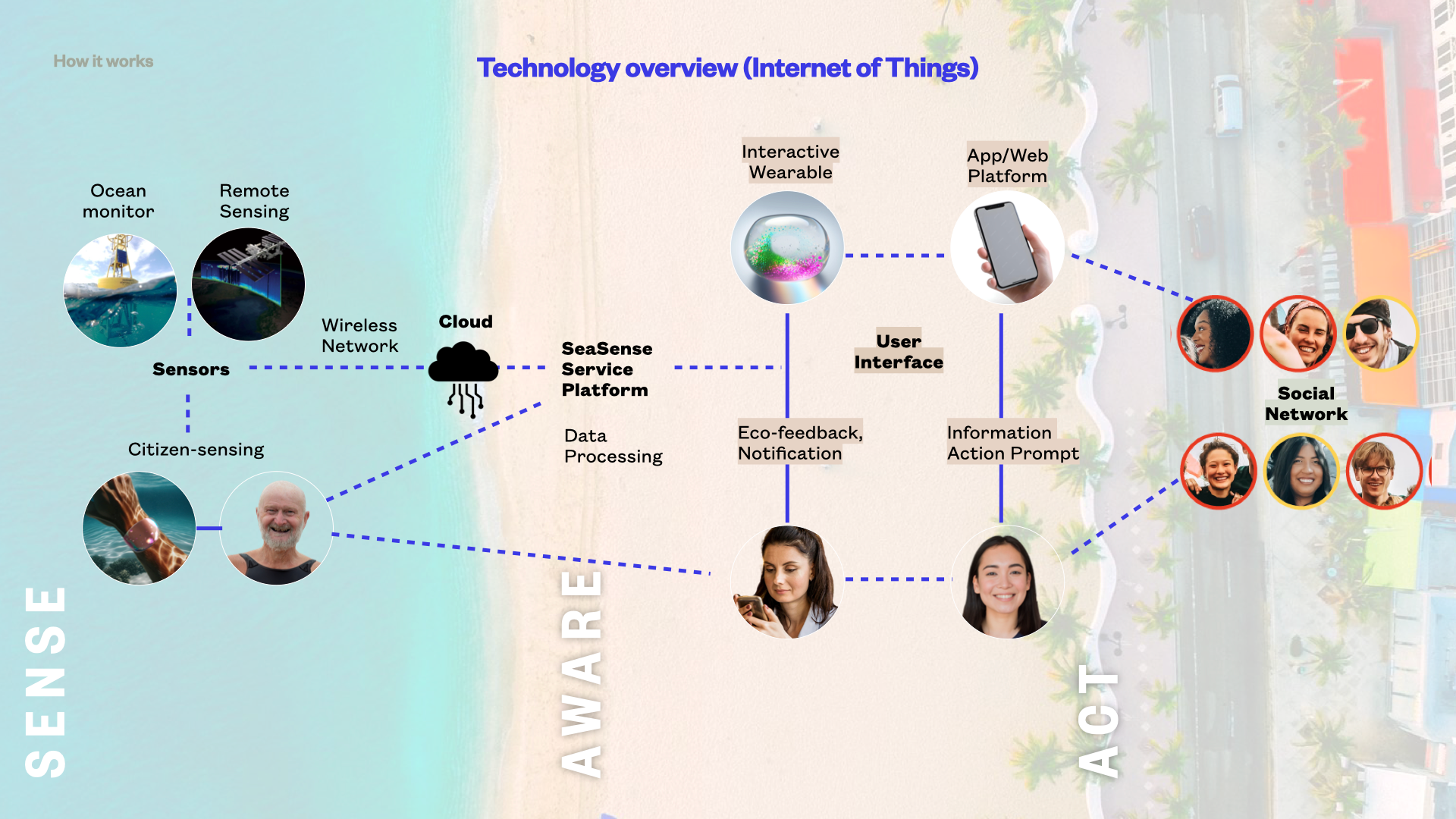
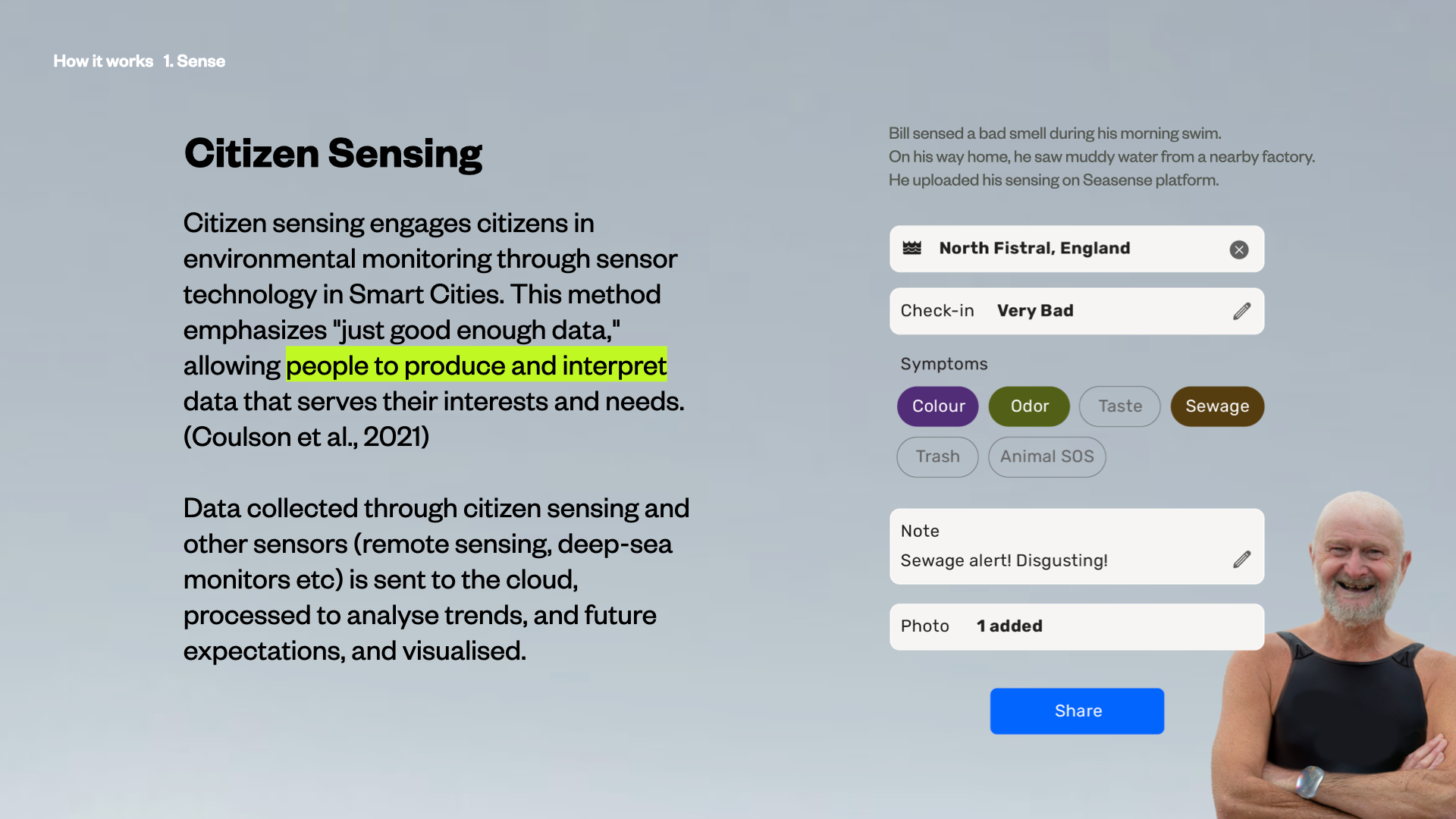
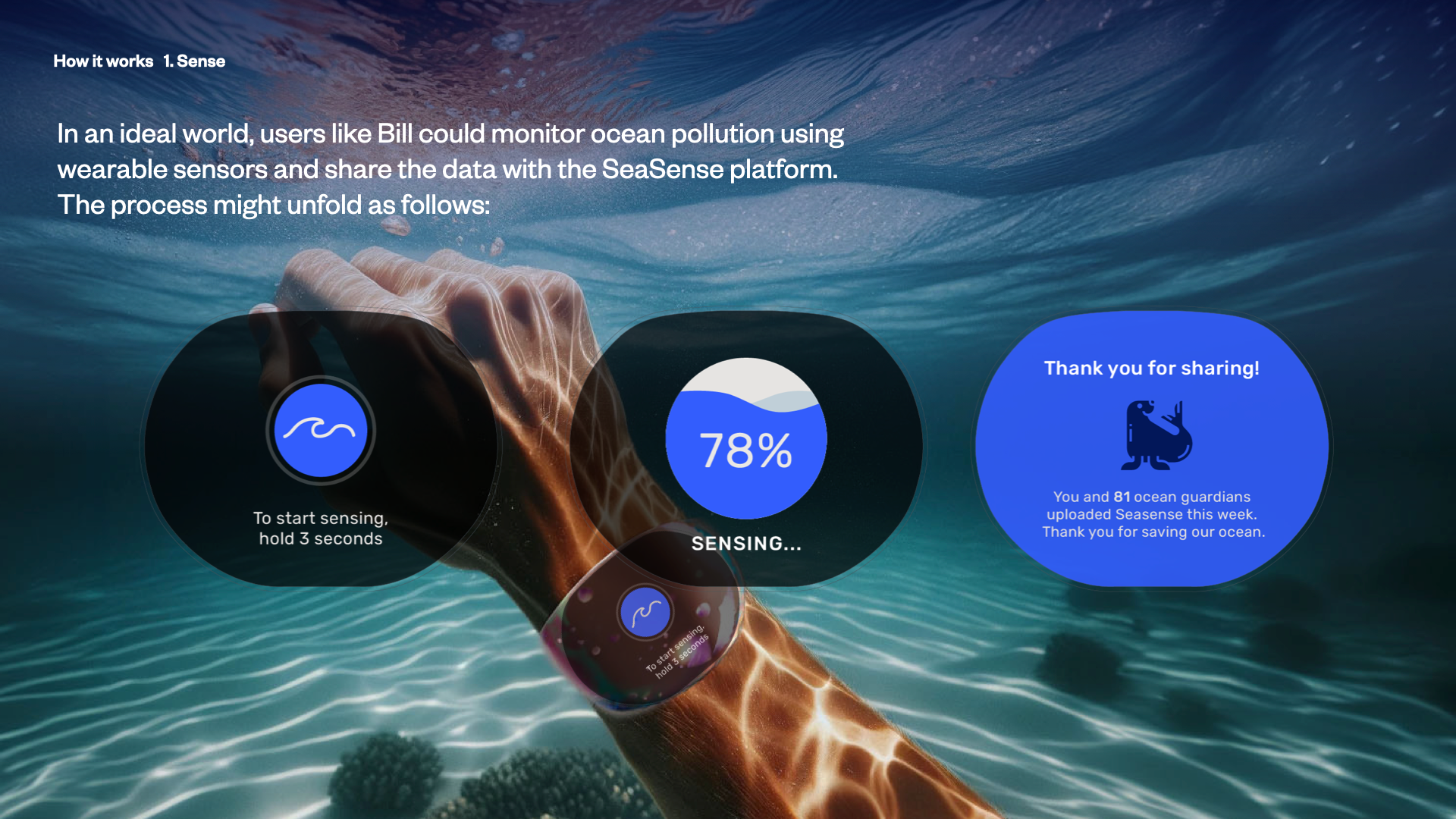

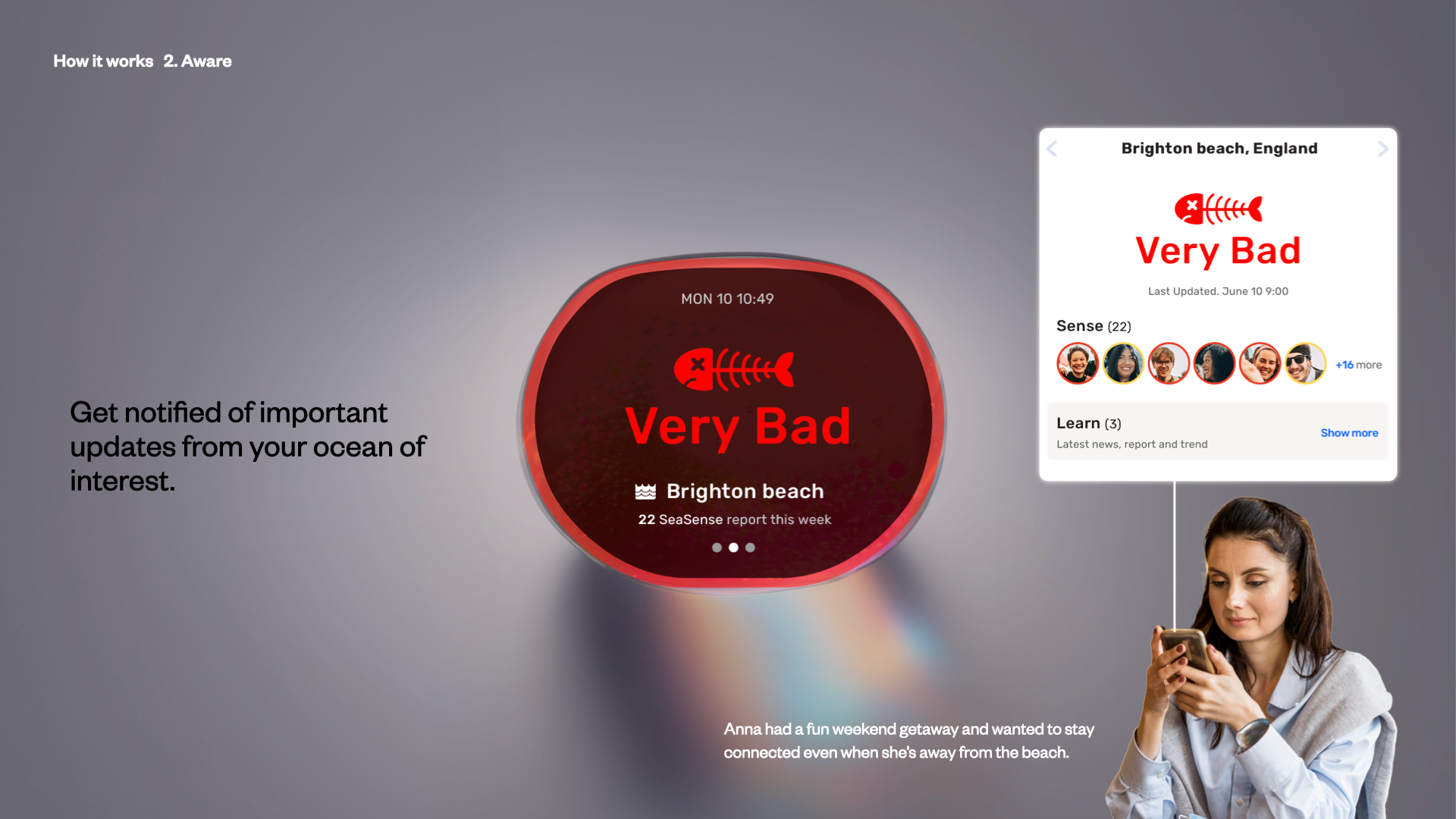





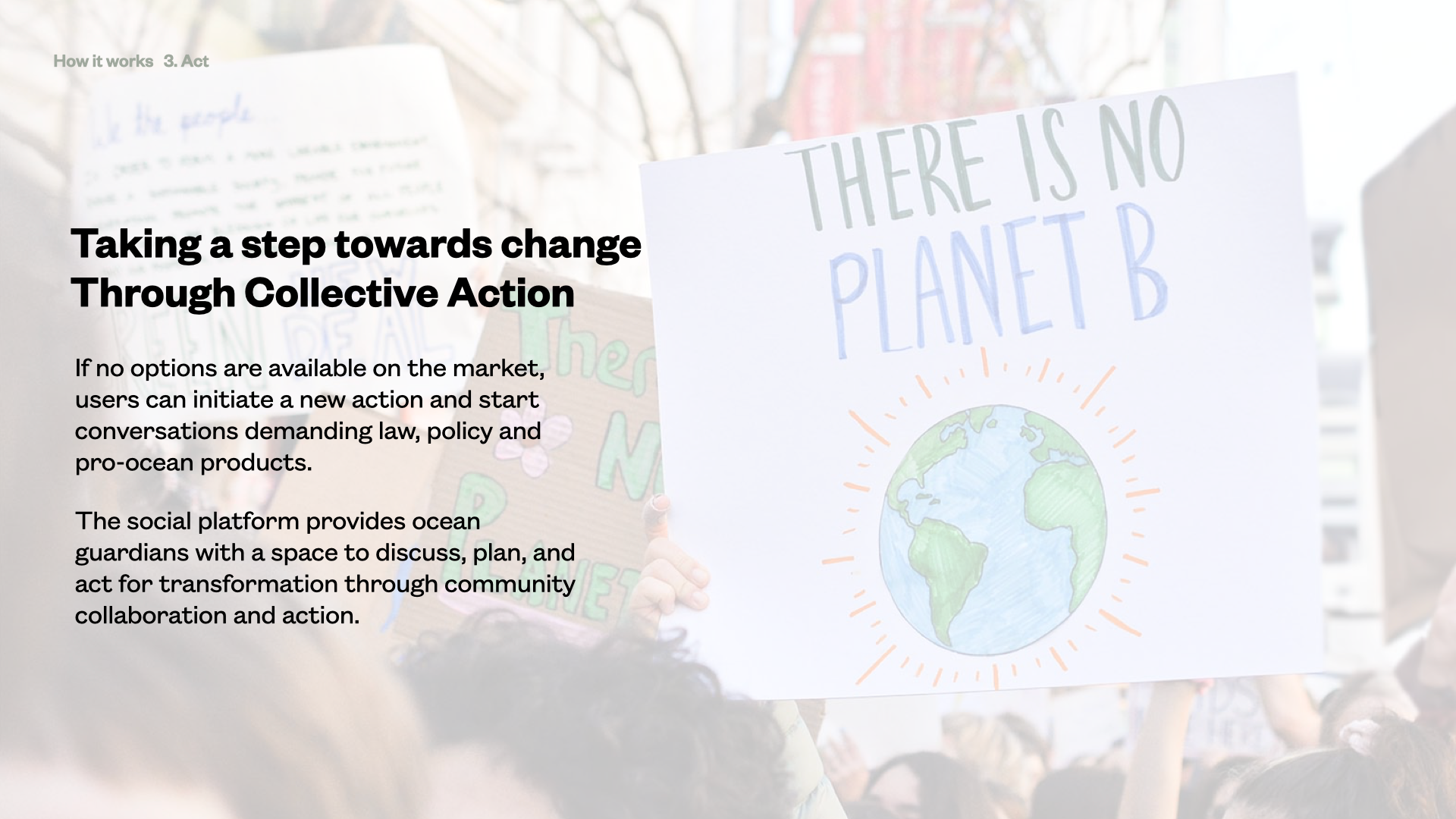
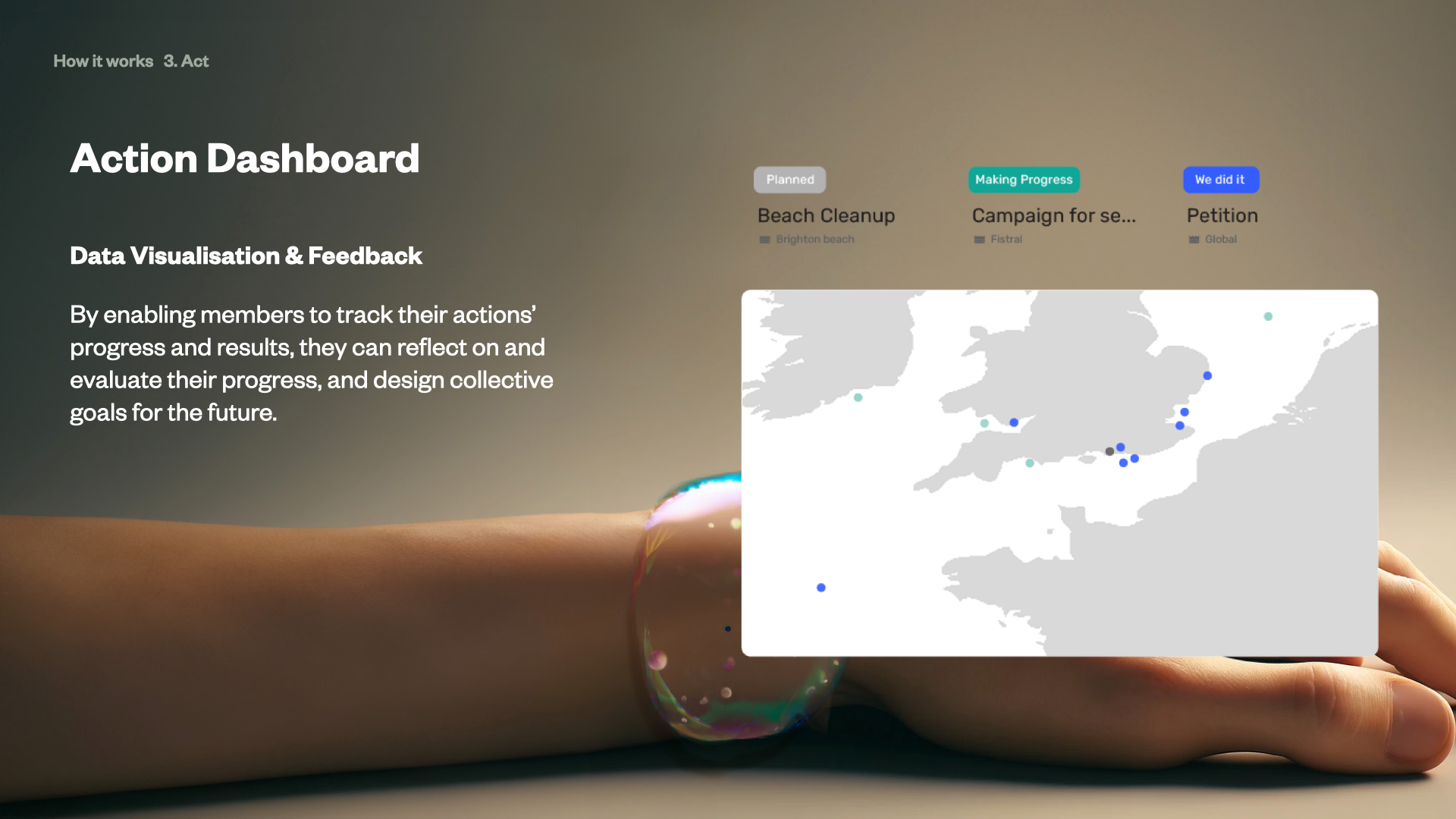


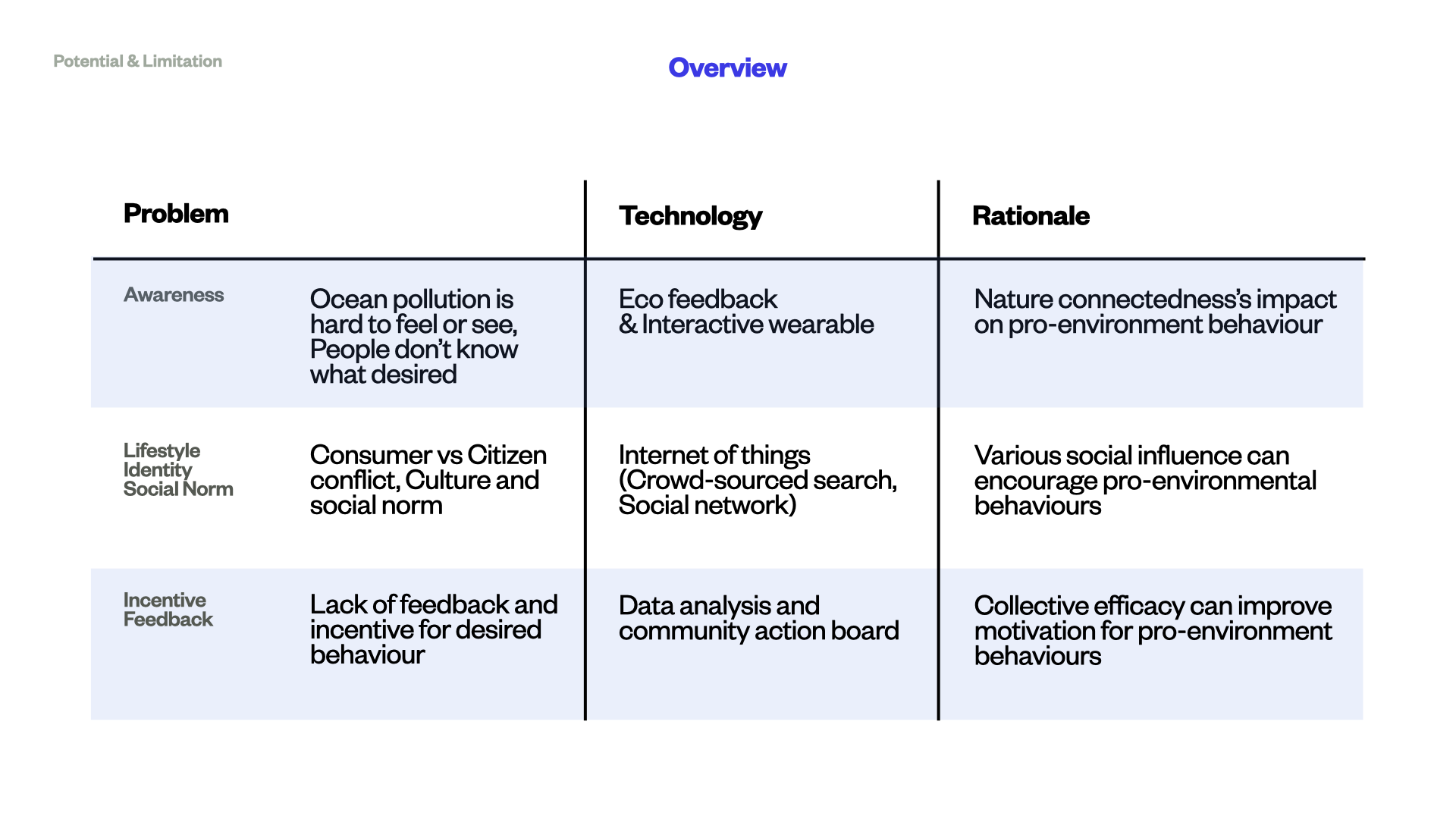
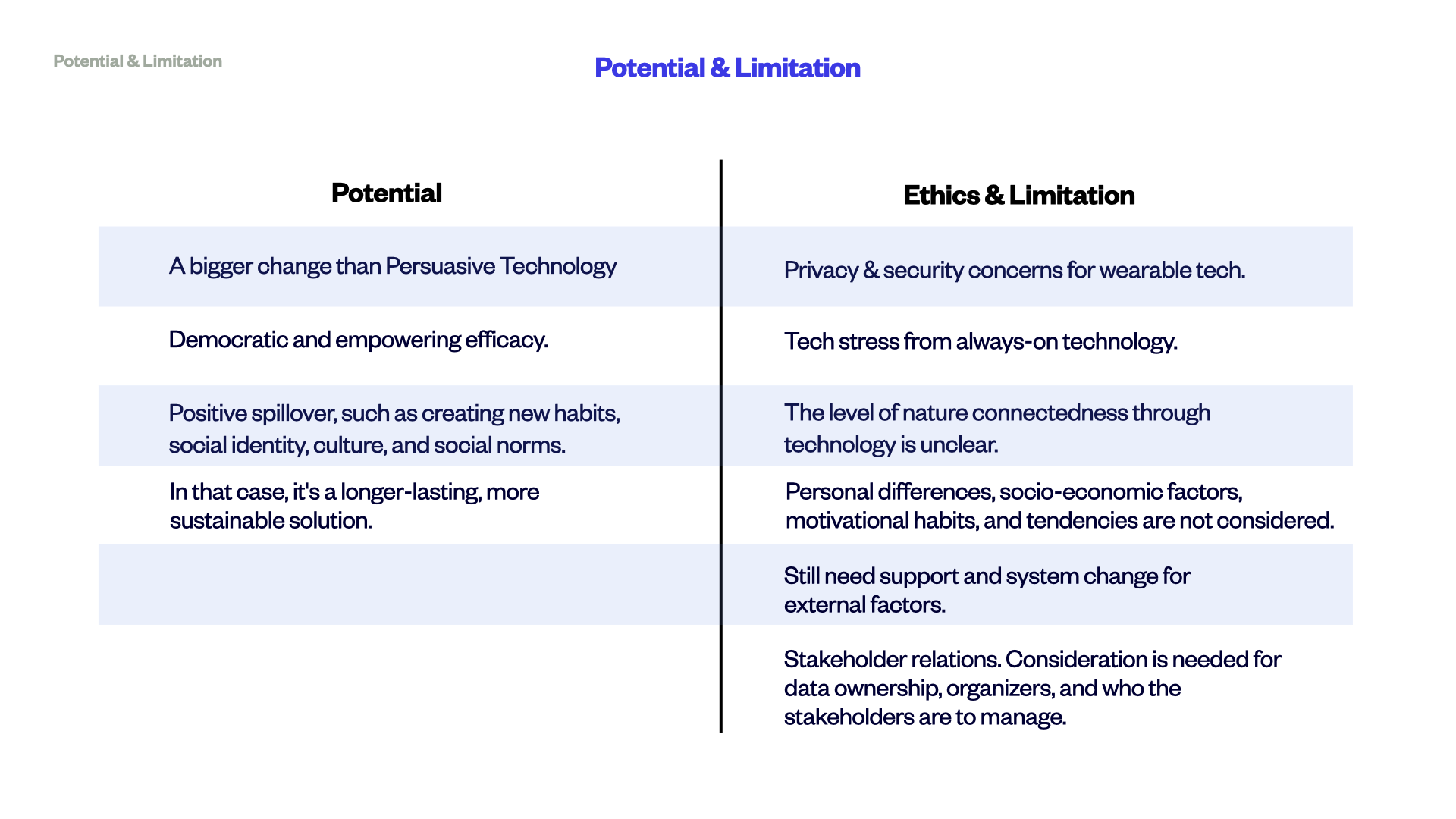
Reference:
Berglund, C., & Matti, S. (2006). Citizen and consumer: The dual role of individuals in environmental policy. Environmental Politics, 15(4), 550–571. https://doi.org/10.1080/09644010600785176
Bonniface, L., & Henley, N. (2008). ‘A drop in the bucket‘: Collective efficacy perceptions and environmental behaviour. Australian Journal of Social Issues, 43(3), 345–358. https://doi.org/10.1002/j.1839-4655.2008.tb00107.x
Broscheit, J., Draheim, S., Von Luck, K., & Wang, Q. (2023b). Sentinel Species: Towards a Co-Evolutionary Relationship for Raising Awareness About the State of the Air. Proceedings of the Seventeenth International Conference on Tangible, Embedded, and Embodied Interaction, 1–13. https://doi.org/10.1145/3569009.3572748
Brynjarsdottir, H., Håkansson, M., Pierce, J., Baumer, E., DiSalvo, C., & Sengers, P. (2012a). Sustainably unpersuaded: How persuasion narrows our vision of sustainability. Proceedings of the SIGCHI Conference on Human Factors in Computing Systems, 947–956. https://doi.org/10.1145/2207676.2208539
Coulson, S., Woods, M., & Making Sense EU. (2021a). Citizen Sensing: An Action-Orientated Framework for Citizen Science. Frontiers in Communication, 6, 629700. https://doi.org/10.3389/fcomm.2021.629700
Ganglbauer, E., Reitberger, W., & Fitzpatrick, G. (2013). An Activist Lens for Sustainability: From Changing Individuals to Changing the Environment. In S. Berkovsky & J. Freyne (Eds.), Persuasive Technology (Vol. 7822, pp. 63–68). Springer Berlin Heidelberg. https://doi.org/10.1007/978-3-642-37157-8_9
Gouveia, C., Fonseca, A., Câmara, A., & Ferreira, F. (2004). Promoting the use of environmental data collected by concerned citizens through information and communication technologies. Journal of Environmental Management, 71(2), 135–154. https://doi.org/10.1016/j.jenvman.2004.01.009
Han, W., Wang, Y., & Scott, M. (2021). Social media activation of pro-environmental personal norms: An exploration of informational, normative and emotional linkages to personal norm activation. Journal of Travel & Tourism Marketing, 38(6), 568–581. https://doi.org/10.1080/10548408.2021.1969319
Iqbal, S. T., & Horvitz, E. (2010). Notifications and awareness: A field study of alert usage and preferences. Proceedings of the 2010 ACM Conference on Computer Supported Cooperative Work, 27–30. https://doi.org/10.1145/1718918.1718926
Kolandai‐Matchett, K., & Armoudian, M. (2020). Message framing strategies for effective marine conservation communication. Aquatic Conservation: Marine and Freshwater Ecosystems, 30(12), 2441–2463. https://doi.org/10.1002/aqc.3349
Kollmuss, A., & Agyeman, J. (2002). Mind the Gap: Why do people act environmentally and what are the barriers to pro-environmental behavior? Environmental Education Research, 8(3), 239–260. https://doi.org/10.1080/13504620220145401
Martin. (n.d.). Oceans. United Nations Sustainable Development. Retrieved 29 March 2024, from https://www.un.org/sustainabledevelopment/oceans/
Ocean literacy for all: A toolkit—UNESCO Digital Library. (n.d.). Retrieved 24 March 2024, from https://unesdoc.unesco.org/ark:/48223/pf0000260721
Richardson, M., Dobson, J., Abson, D. J., Lumber, R., Hunt, A., Young, R., & Moorhouse, B. (2020). Applying the pathways to nature connectedness at a societal scale: A leverage points perspective. Ecosystems and People, 16(1), 387–401. https://doi.org/10.1080/26395916.2020.1844296
Rieder, A., & Vuckic, S. (2020b). Technostress from Persuasion: Wearable Users’ Stressors, Strains, and Coping.
Stoll-Kleemann, S. (2019). Feasible Options for Behavior Change Toward More Effective Ocean Literacy: A Systematic Review. Frontiers in Marine Science, 6, 273. https://doi.org/10.3389/fmars.2019.00273